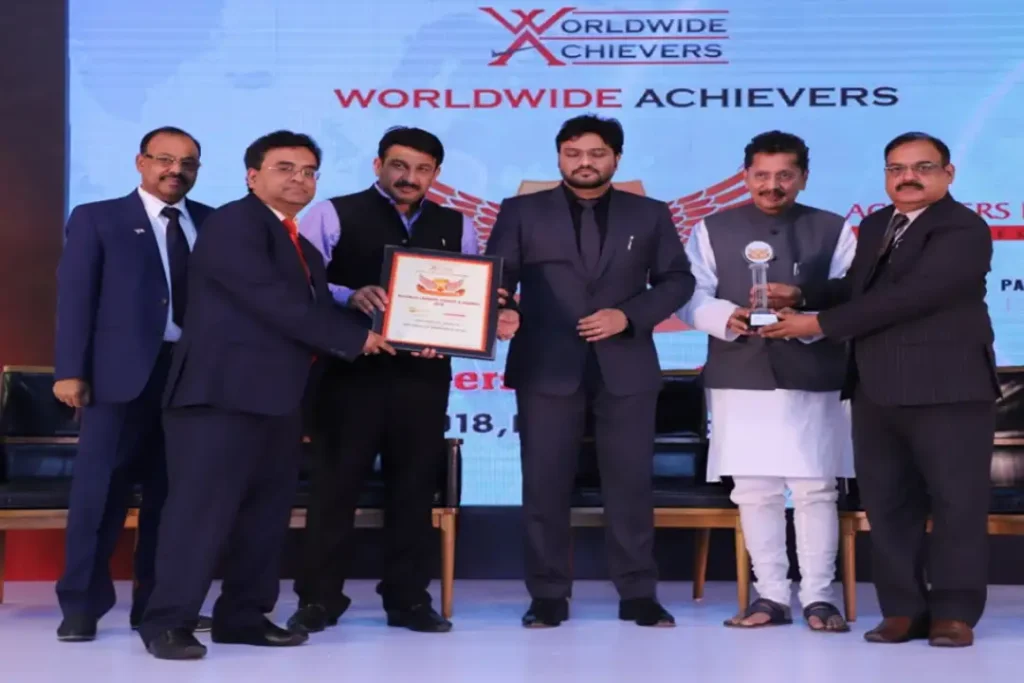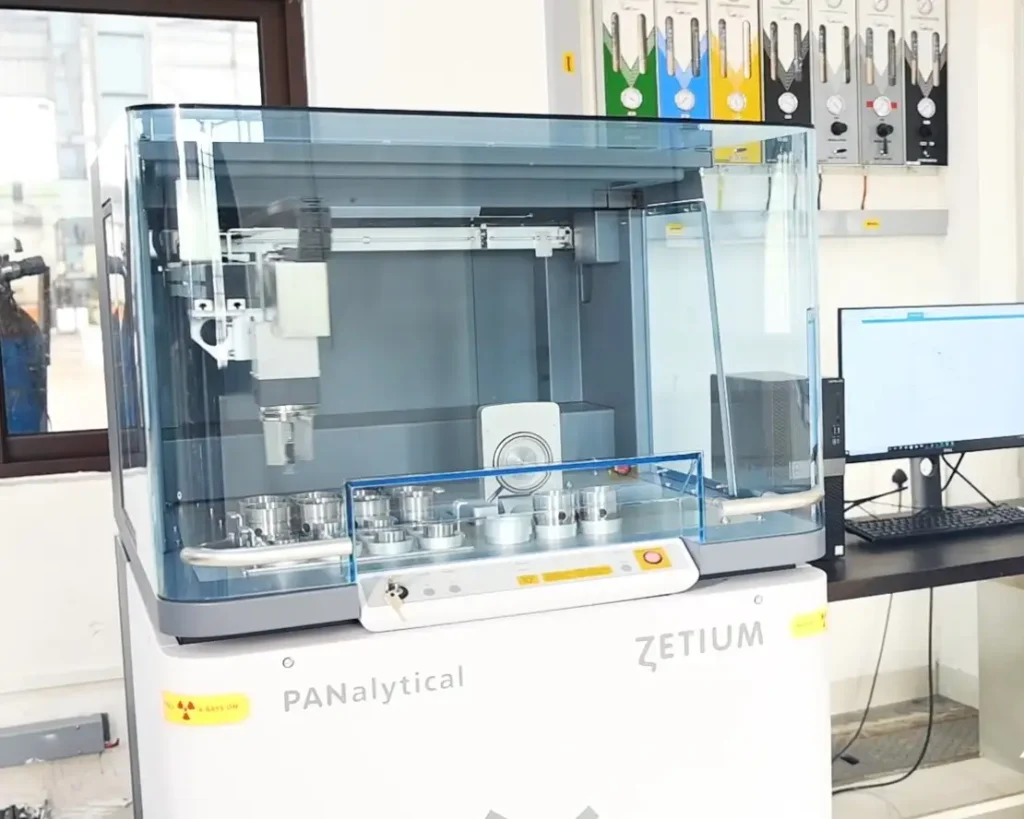Introduction: In an era where environmental consciousness is at the forefront of global priorities, industries across the board are undergoing transformative shifts towards sustainability. The metal industry, historically known for its resource-intensive processes, is no exception. In this blog post, we will delve into the significant strides that sustainable practices are making within the metal industry, reshaping its landscape and paving the way for a more environmentally conscious future.
- Recycling Revolution: At the heart of sustainable metal practices lies the recycling revolution. Traditional metal extraction processes are energy-intensive and often result in substantial environmental impact. Recycling, on the other hand, allows the industry to reuse existing metals, significantly reducing the need for new extraction. Scrap metal collection and processing facilities are becoming integral components of metal manufacturing, minimizing waste and conserving valuable resources.
- Circular Economy Initiatives: Embracing a circular economy model is a key aspect of sustainable metal practices. Rather than following a linear “take, make, dispose” approach, the industry is increasingly adopting circular principles, wherein materials are recycled and reused continuously. This shift not only reduces the environmental footprint but also fosters economic resilience by maximizing the value of materials throughout their lifecycle.
- Clean Energy Integration: Sustainable energy sources, such as solar and wind power, are finding their way into metal production processes. By replacing conventional fossil fuels with cleaner alternatives, metal industries are reducing their carbon emissions. This transition not only aligns with global efforts to combat climate change but also positions the industry as a driver of clean energy adoption.
- Innovations in Extraction Techniques: Sustainable practices extend to the very core of metal extraction. Innovations in extraction techniques are aimed at minimizing environmental disruption. Technologies like bioleaching, which use microorganisms to extract metals from ores, are gaining traction for their reduced ecological impact compared to traditional methods.
- Green Certifications and Standards: Certifications and standards, such as ISO 14001 for environmental management, are becoming benchmarks for sustainable practices in the metal industry. Companies that adhere to these standards demonstrate their commitment to minimizing environmental impact, enhancing their credibility, and meeting the expectations of increasingly eco-conscious consumers.
- Reducing Water Consumption: Metal manufacturing processes often involve significant water usage. Sustainable practices in the industry include implementing water-saving technologies, recycling water within production cycles, and adopting responsible water management strategies. These efforts not only conserve a precious resource but also mitigate the environmental effects of water-intensive industrial processes.
Conclusion: The future of the metal industry is undeniably intertwined with sustainable practices. As the world grapples with the challenges of climate change and resource depletion, the metal industry’s commitment to environmental responsibility is a beacon of hope. By embracing recycling, circular economy principles, clean energy, innovative extraction techniques, and stringent certifications, metal industries are not only reducing their ecological impact but also driving positive change in the broader industrial landscape. As consumers increasingly prioritize sustainable choices, the metal industry’s shift towards greener practices is not just a business imperative—it’s a crucial step towards a more sustainable and resilient future.




